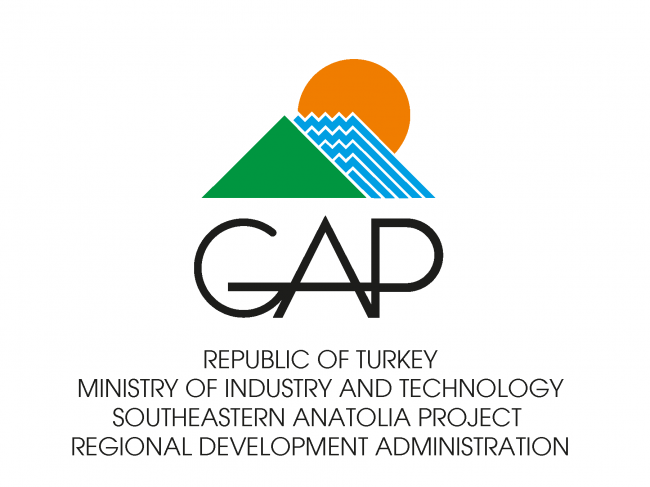THE SOUTHEASTERN ANATOLIA PROJECT (GAP)
The Southeastern Anatolia Project (GAP) is the largest scale and costliest project in the history of the Republic of Turkey, also the one most effectively implemented among regional development plans and programmes developed so far. With its integrated regional development approach and sustainable human development philosophy, the GAP has its high prestige in relevant international literature.
The project area covers 9 provinces (Adıyaman, Batman, Diyarbakır, Gaziantep, Kilis, Mardin, Siirt, Şanlıurfa and Şırnak) located in the Euphrates-Tigris Basin and upper Mesopotamia plains. These GAP provinces constitute, on average, 10.7% of Turkey in both geographical and population terms.
The objectives of the GAP include improving the level of income and life quality of local population by utilizing region’s resources; eliminating development disparities existing between the region and other parts of the country, and contributing to national economic development and social stability by enhancing productivity and employment opportunities in the region.
In the 70’ies the GAP was considered as a programme geared to developing water and land resources of the region and it was planned to launch 22 dams, 19 hydraulic power plants and irrigation investments covering 1.8 million hectares of land in the Euphrates-Tigris Basin. The total installed capacity of hydraulic power plants would be 7476 MW with annual energy production of 27 billion kilowatt-hours.
The GAP turned into a regional development project when the Master Plan designed in 1989 envisaged investments in agriculture, industry, transportation, education, health and rural-urban infrastructure. The project builds on the philosophy of sustainable human development committed to creating environments that future generations will benefit and capitalize on. The underlying strategy in the GAP encompasses fairness and participation in development, environmental protection, employment, spatial planning, infrastructure development, public-private partnership and people participation in investments.
The GAP is implemented as a multi-sector and integrated regional development project on the basis of sustainable human development targeting enhanced competitive power of the region and stronger economic and social integration. Given the time of its initiation, the project was developed through a visionary outlook with its innovative approaches as widely emphasized today.



















